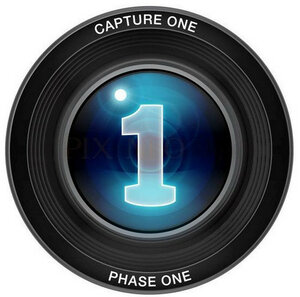

Phase One touts Capture One Pro’s superior raw image conversion, and I found that to be generally true, although not always dramatically so. Making adjustments to photos is a much better experience. This behavior suggests Capture One Pro encourages photographers to elevate the good shots instead of banishing the poor ones, but both approaches are useful. If you delete it, however, a dialog pops up asking if you also want to delete the file on disk, which gets in the way when you’re reviewing your shots.

For the most part, reviewing and applying metadata is smooth-for example, it’s easy to set up presets that contain frequently-used keywords and add them to photos.īut at the same time, you can’t flag an unwanted photo as a reject your options are to either keep the rating at zero stars or delete the photo. Once the catalog or session is populated, you can rate photos from one to five stars (by simply tapping the corresponding number key), assign color tags, apply keywords, and group images into albums or smart albums. Getting those photos into your library therefore involves importing them to another application (like Image Capture) and then importing them from the hard disk into Capture One Pro. In testing with two iPhones and two iPads on three different Macs, Capture One Pro didn’t see the iOS devices as cameras. Phase One’s audience no doubt reaches for DSLRs before iPhones, but professionals and amateurs alike shoot with their iPhones. What I found puzzling, though, is that even though Capture One Pro supports more than 300 cameras (and the large array of proprietary raw image formats), it doesn’t recognize a connected iPhone or other iOS device as a photo source. Capture One Pro’s dark interface accentuates photos at the expense of legibility everywhere else.


 0 kommentar(er)
0 kommentar(er)
